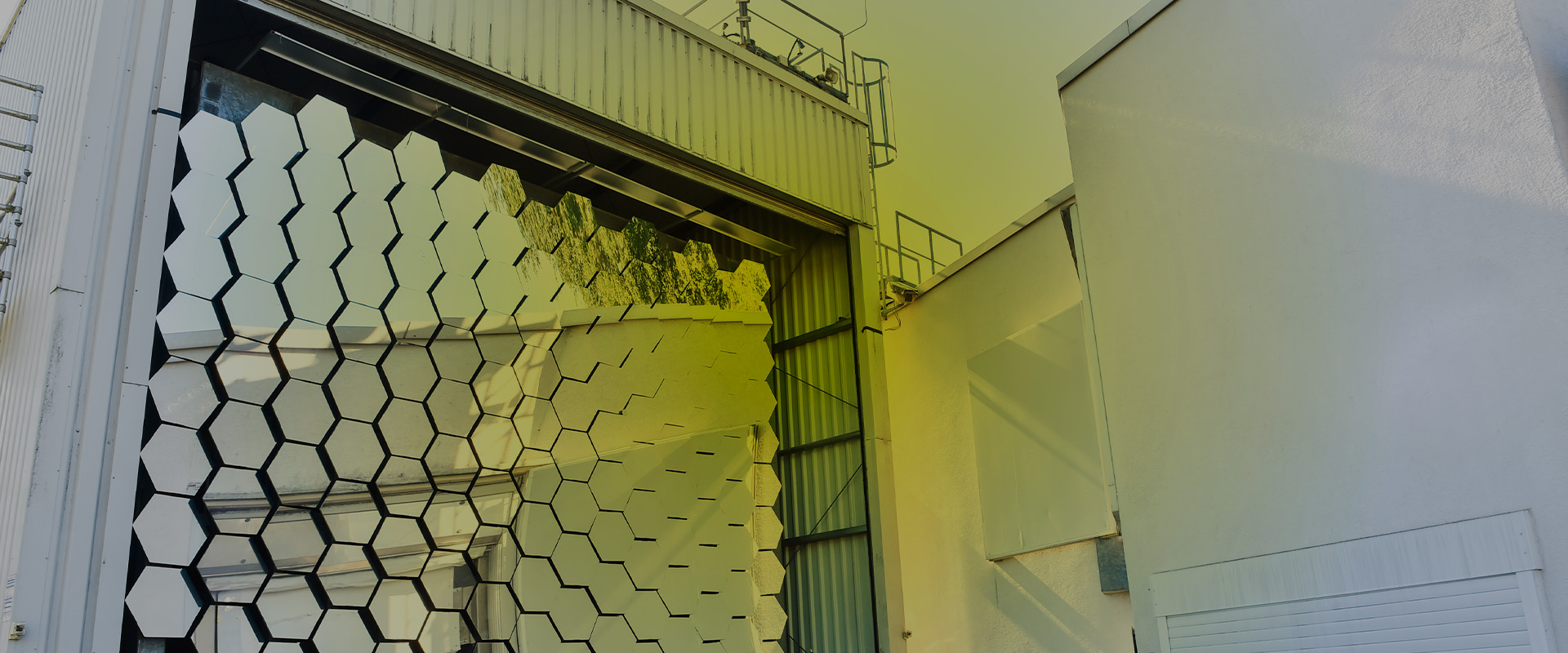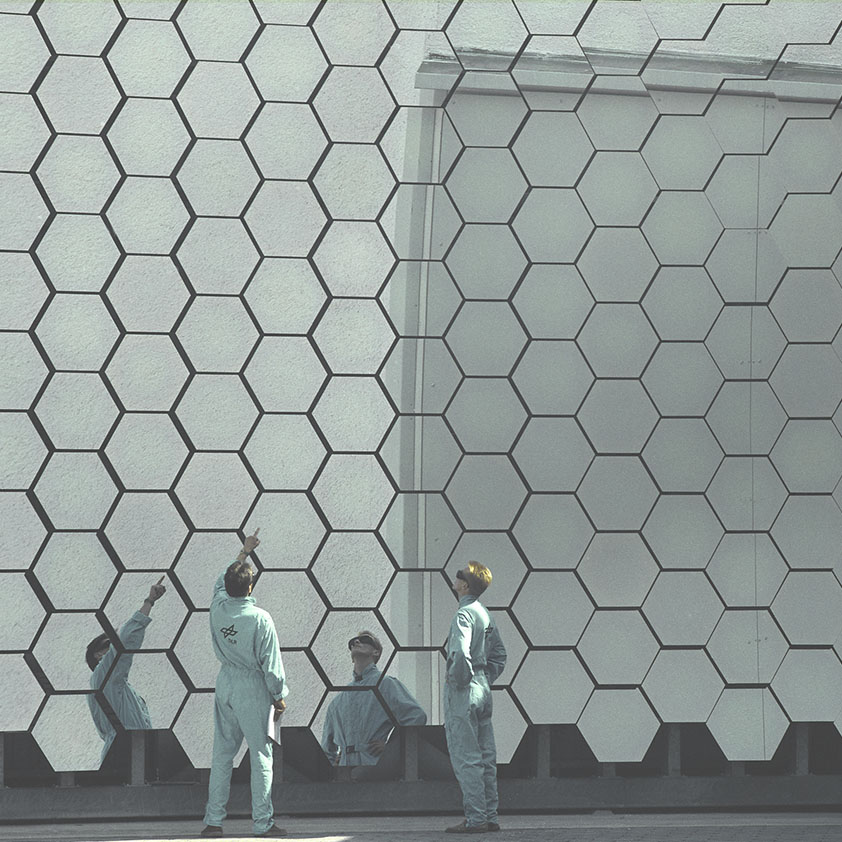SPOTLIGHT’S KEY OBJECTIVE
Develop and validate a photonic device and chemical process concept for the sunlight-powered conversion of CO2 and green H2 to the chemical fuel methane (CH4, Sabatier process), and to carbon monoxide (CO, reverse Water Gas Shift process – rWGS) as starting material for production of the chemical fuel methanol (CH3OH). Both CH4 and CH3OH are compatible with our current infrastructure, and suited for multiple applications such as car fuel, energy storage, and starting material to produce valuable chemicals.

FACING TECHNICAL CHALLENGES
- Efficiency in the use of sunlight
- Durability of materials against the degradation caused by sunlight
- Costs reduction, to make the solar fuels competitive against fossil fuels
- Industrial synergy should be promoted to enhance the cooperation between the solar fuel producers and industry that can provide feedstock (e.g. as by-products)
SPOTLIGHT’S PHOTONIC DEVICE
Will comprise a transparent plate shaped flow reactor, optimized for light incoupling in the catalyst bed. Furthermore, it will comprise secondary solar optics to concentrate natural sunlight and project it onto the reactor, and an energy efficient LED light source (350-2500 nm, broadband) to ensure continuous 24/7 operation for catalytic solar fuel production.
SPOTLIGHT’s catalysts will be plasmonic catalysts, capable of absorbing the entire solar spectrum. The space time-yield achieved to date with these catalysts in the Sabatier and rWGS process are more than 104 times higher than for conventional semiconductor catalysts. This makes the concept technically feasible for scale up without excessive land use and makes it economically much more attractive because of strongly reduced capital expenditures (payback period <10 years).

OUR OBJECTIVES, OUR RESULTS
- A transparent flow reactor tailored for sunlight-powered Sabatier with gaseous starting materials and products, and packed-bed solid plasmonic catalysts
- Secondary solar optics for sunlight-powered chemical processes at solar concentration factor ≤ 20 and plate-shaped reactors
- Energy efficient LED as solution to ensure continuous operation of sunlight-powered plasmon catalytic reactions
- New plasmonic nanocatalysts with tailored optical and catalytic properties and for high space-time-yield
- Achieve an overall device efficiency close to 55%




